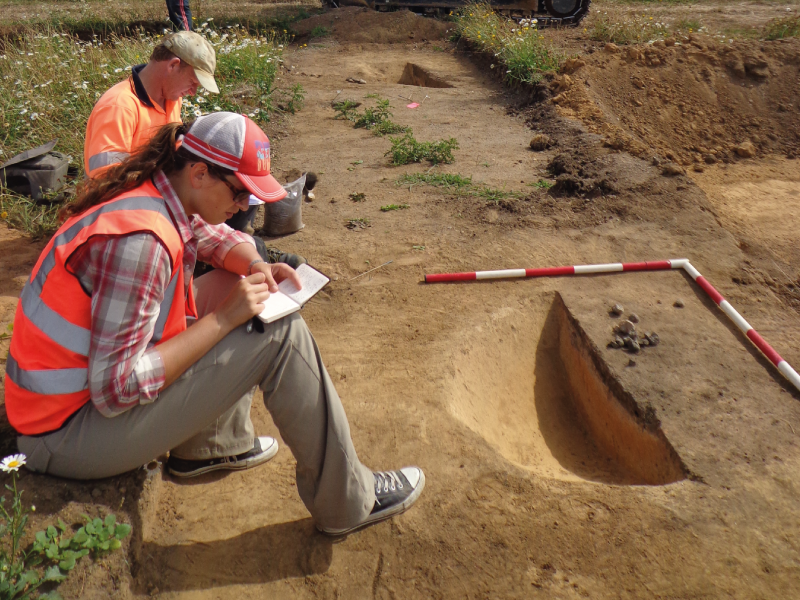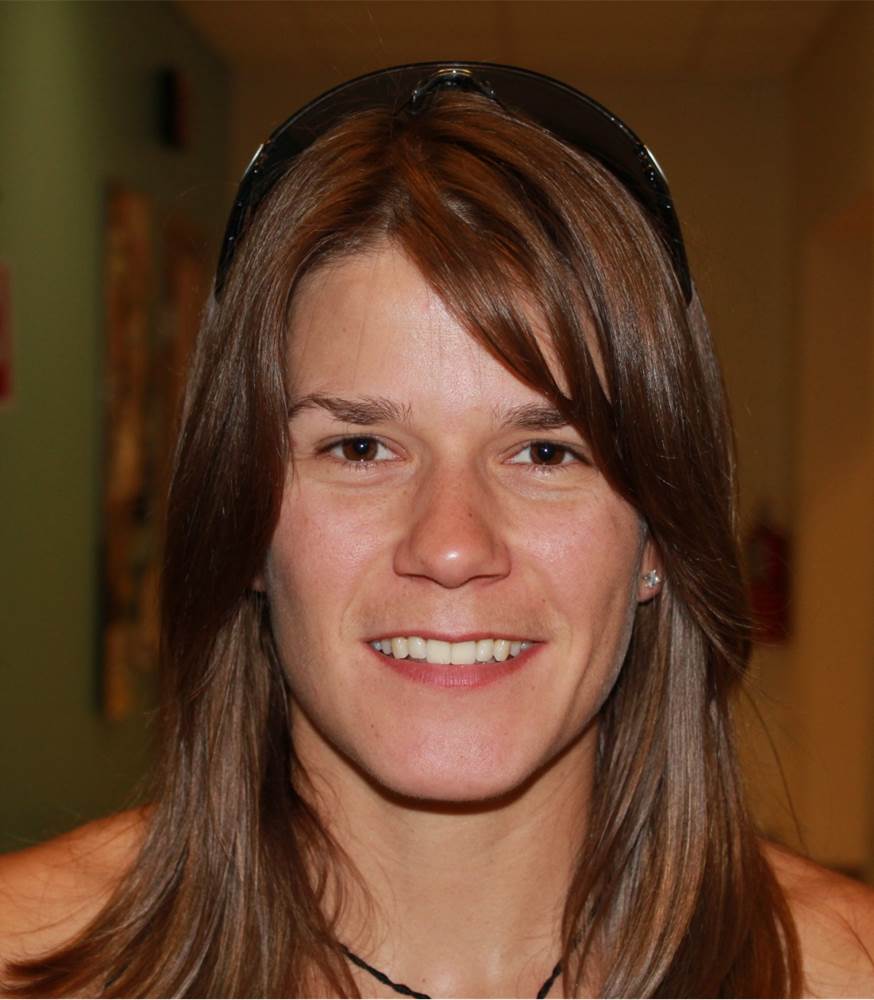Fired archaeological artefacts like baked clays, ceramics, soil, and kilns can record information of Earth’s magnetic field the last time they were heated. The study of the magnetization carried by archaeological artefacts is termed “Archaeomagnetism”. Here the first New Zealand archaeomagnetic record is presented, gathered during the past five years. So far, 19 archaeological sites around New Zealand have been studied, recovering reliable directional data from twelve sites and intensities from thirteen. The New Zealand archaeointensity record, together with data from Australia and Southwest Pacific islands, is consistent with global models back to 1590 AD. Prior to this date however, the data suggests more rapid variations and some unusually high palaeointensities. Our systematic studies have provided important data for regional and global geomagnetic field models, and, as well, have equipped local archaeologists with a new dating tool.
Elisa Piispa is an Assistant Professor in geophysics at Yachay Tech, Ecuador. Her expertise is magnetism of Earth and its materials, which provides invaluable tools to address variable questions in Earth Sciences from global to regional scale. Before Yachay Tech she was a Postdoctoral Fellow at Victoria University of Wellington, New Zealand. There her work focused on obtaining new palaeomagnetic and archeomagnetic data in the South-West Pacific and utilizing that information to understand how geodynamo, the source of the Earth’s magnetic field, works. Her PhD is from Michigan Technological University, USA 2015. She has published her work on high impact journals including Nature.

